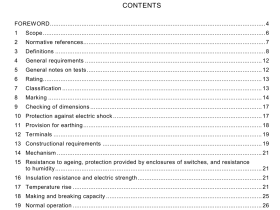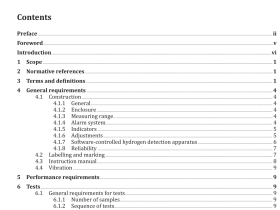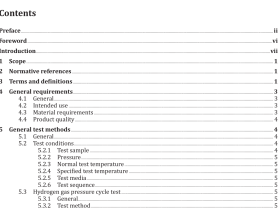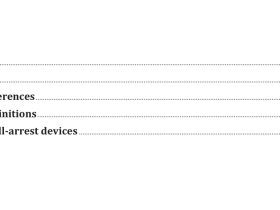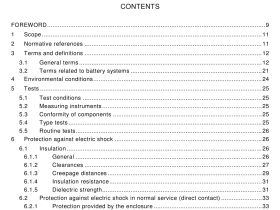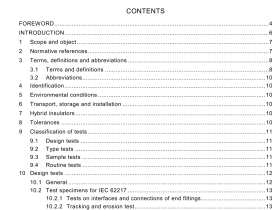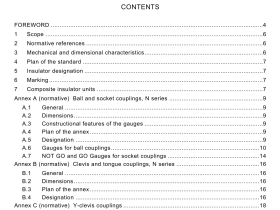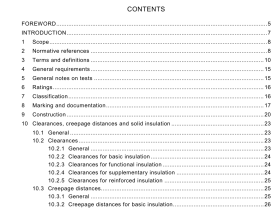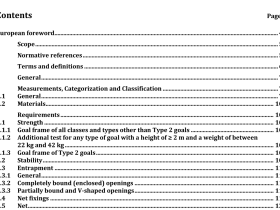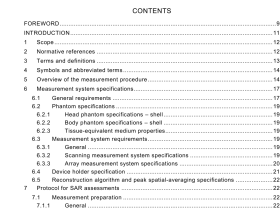AS 2337.3 pdf download
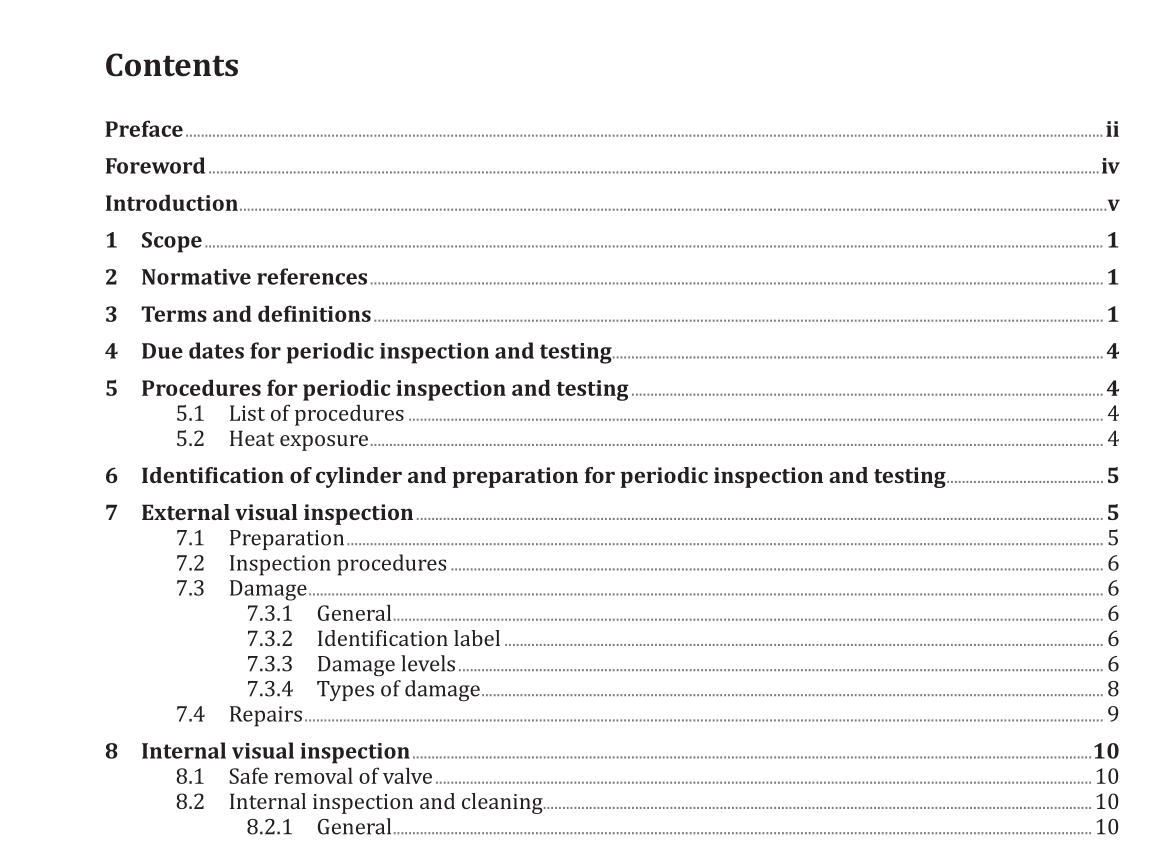
AS 2337.3 pdf download.Gas cylinder test stations
1 Scope
This International Standard specifies the requirements for periodic inspection and testing and to verify the integrity for further service of hoop-wrapped and fully-wrapped composite transportable gas cylinders, with aluminium-alloy, steel or non-metallic liners or of linerless construction (Types 2, 3, 4, and 5), intended for compressed, liquefied or dissolved gases under pressure, of water capacity from 0,5 l up to 450 l. This International Standard is written to address the periodic inspection and testing of composite cylinders constructed to ISO 11119-1, ISO 11119-2, and ISO 11119-3 standards and can be applied to other composite cylinders designed to comparable standards when authorized by the competent authority. As far as practicable, this International Standard also can be applied to cylinders of less than 0,5 l water capacity.
3 Terms and definitions
For the purposes of this document, the following terms and definitions apply. 3.1 composite overwrap fibres (3.3) and matrix (3.14) taken together as a combined unit 3.12 protective sleeve transparent or non-transparent cover fitted to the outside surface of the cylinder 3.13 repair minor refurbishment to return the cylinder to its acceptable condition EXAMPLE Adding resin. 3.14 matrix material used to bind and hold the fibres (3.3) in place Note 1 to entry: The matrix is sometimes called resin. 3.15 rejected cylinder cylinder not fit for service or which needs to be set aside for further evaluation or testing in its present condition 3.16 Level 1 damage DEPRECATED: Level 1 condition minor damage that can occur during normal use 3.17 Level 2 damage DEPRECATED: Level 2 condition damage that is more severe than Level 1 (3.16) and, where repair (3.13) is authorized and where the cylinder can be returned to service, or based upon the recommendations of the manufacturer to be classified as Level 1 or Level 3 (3.18) 3.18 Level 3 damage DEPRECATED: Level 3 condition damage that requires a cylinder to be condemned, i.e. rendered unfit for continued service 3.19 bulge visible swelling of the wall 3.20 crack split or separation in the material, typically appearing as a line on the surface 3.21 crease off-colour linear or non-linear feature formed as a result of previous localized over-stressing 3.22 protective attachment component connected to the cylinder that prevents or resists damage to the composite cylinder EXAMPLE Casing. Note 1 to entry: Some protective attachments are designed to be removed at the time of periodic inspection and testing.
4 Due dates for periodic inspection and testing
A cylinder shall be due for periodic inspection and testing on its first receipt by a filler after the expiry of the due date. NOTE There is no general requirement for the user to return a gas cylinder before the contents have been used even though the test interval has lapsed. When the design life has expired, the cylinder shall not be refilled and shall be removed from service when presented for the next filling (see Clause 13). In some jurisdictions, it is the responsibility of the owner or user to submit cylinders used for emergency purposes for periodic inspection and testing within the specified interval.
5 Procedures for periodic inspection and testing
5.1 List of procedures The inspection, testing and repair of composite cylinders shall be carried out only by persons competent in the subject to ensure that the cylinders are fit for continued safe use. Care shall be taken to ensure that during the retest procedure, cylinders are handled carefully, particularly with respect to loading in and out of metal pallets, and ensuring cylinders are not dropped to cause any damage. Each cylinder shall be submitted to periodic inspection and testing. The following procedures form the requirements for this periodic inspection and testing and are explained more fully in this International Standard: — Identification of cylinder and preparation for periodic inspection and testing (see Clause 6); — External visual inspection (see Clause 7); — Safe removal of valve (see 8.1); — Internal inspection and cleaning (see 8.2); — Pressure test (see Clause 9); — Leak test (see Clause 10); — Inspection of valve (see Clause 11); — Final operations (see Clause 12); and — Rejection and rendering cylinders unserviceable (see Clause 13). The external and internal visual examination (see Clauses 7 and 8) shall be carried out prior to the pressure test (see Clause 9). It is recommended that the other tests are performed in the sequence listed above; however, when a valve is removed, ISO 25760 shall be observed. Cylinders that fail inspection or testing shall be rejected (see Clause 13). When a cylinder passes the above-listed procedures but the condition of the cylinder remains in doubt, additional testing shall be performed to confirm its suitability for continued service or the cylinder shall be rendered unserviceable. Depending on the reason for the rejection, cylinders may be recovered and/or repaired (see 7.4).
